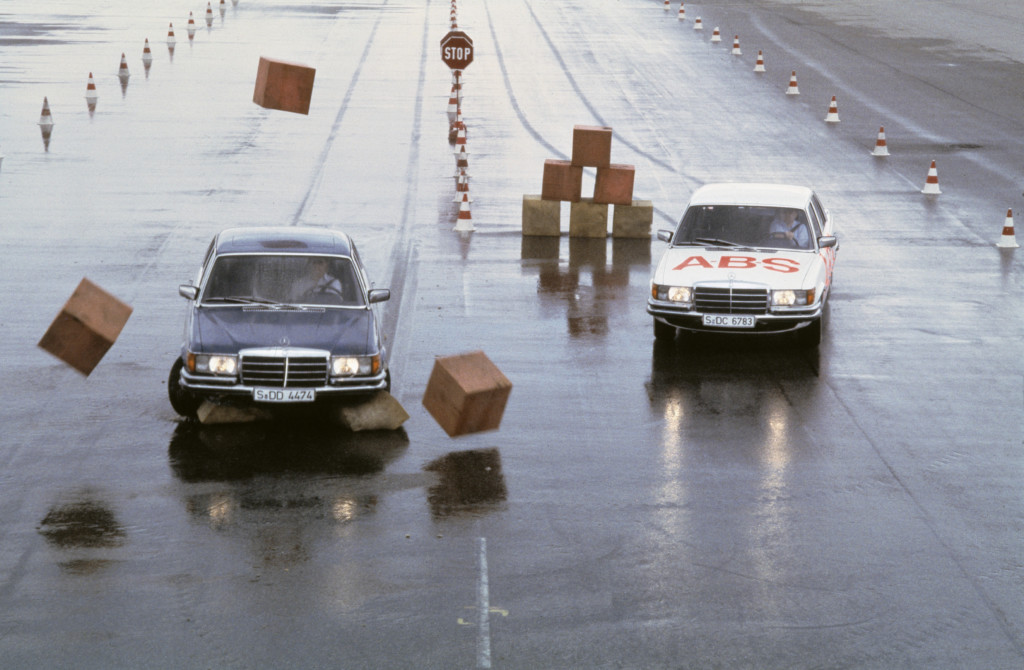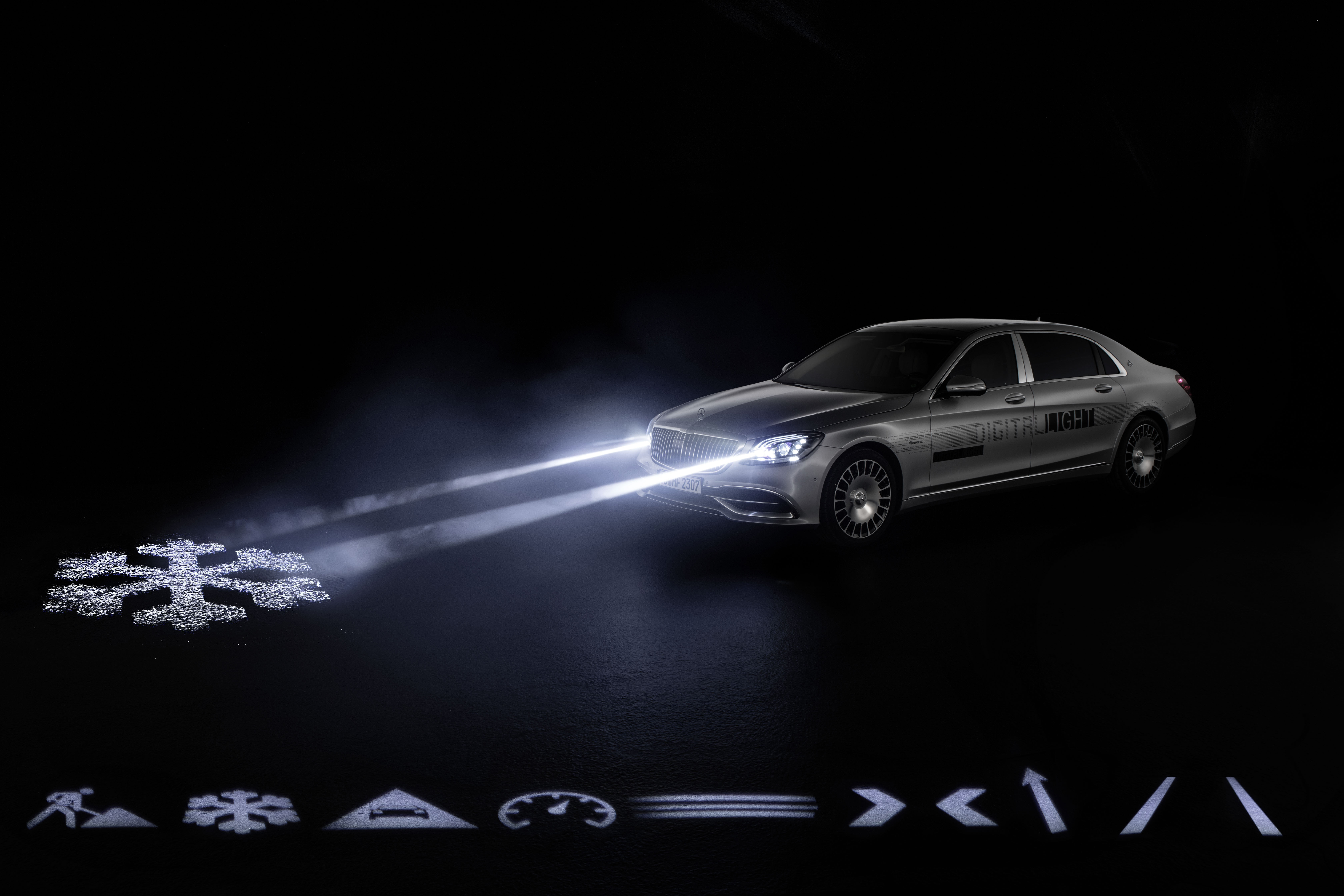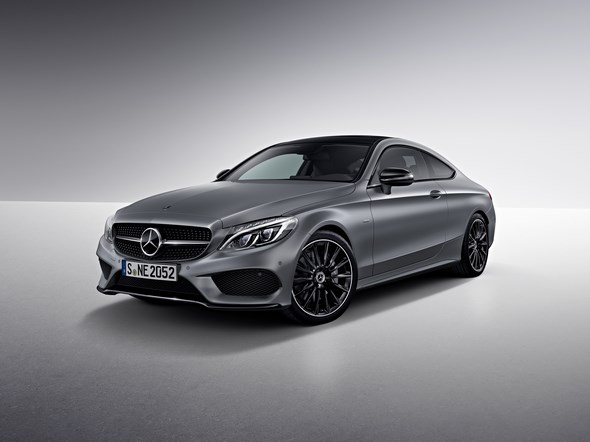Appearing in the E-Class and S-Class from December


Before

After
Mercedes-Benz makes xenon light even brighter
Achieving light colour which is as close as possible to daylight is one of the biggest safety benefits in the field of headlamp technology. Mercedes-Benz is now one of the first automotive manufacturers to offer xenon headlamps boasting a significantly brighter light output.
From December, production of the E-Class and S-Class will make use of new xenon burners from the company Osram, featuring a colour temperature which has been increased by some 20 percent. Achieving a figure of 5000 Kelvin, the new xenon light is even closer to daylight and is therefore even brighter – a clear innovation, in the true sense of the phrase.
This light colour is in keeping with normal human perception patterns, and as such conveys an impression of greater brightness to the eyes, thus reducing the strain on the driver. Studies have shown that the closer the colour of artificial light comes to daylight, the less the strain on the eyes. This is a crucial safety benefit, especially if we take into account that only 20 percent of journeys take place at night – yet it is when 40 percent of fatal accidents occur.
After the E-Class and the S-Class, further Mercedes-Benz model series will be gradually fitted with the new xenon burners in 2011. All previous Mercedes-Benz vehicles equipped with xenon headlamps can also be fitted with this additional safety feature, as the new xenon burners will be available from branches and dealers as Mercedes-Benz original parts.





